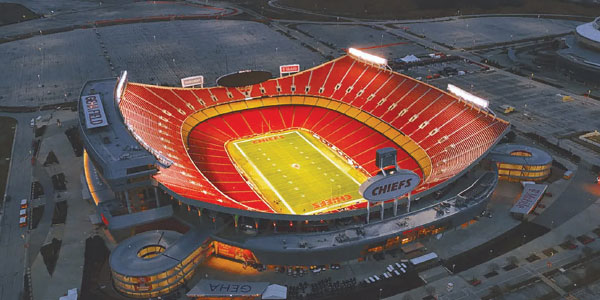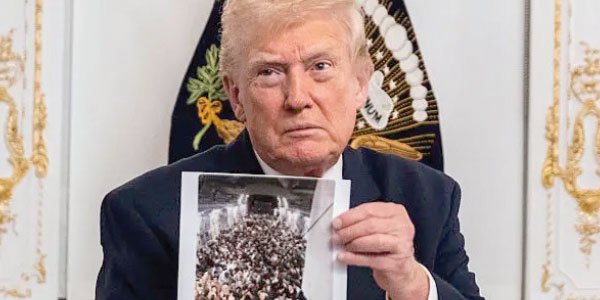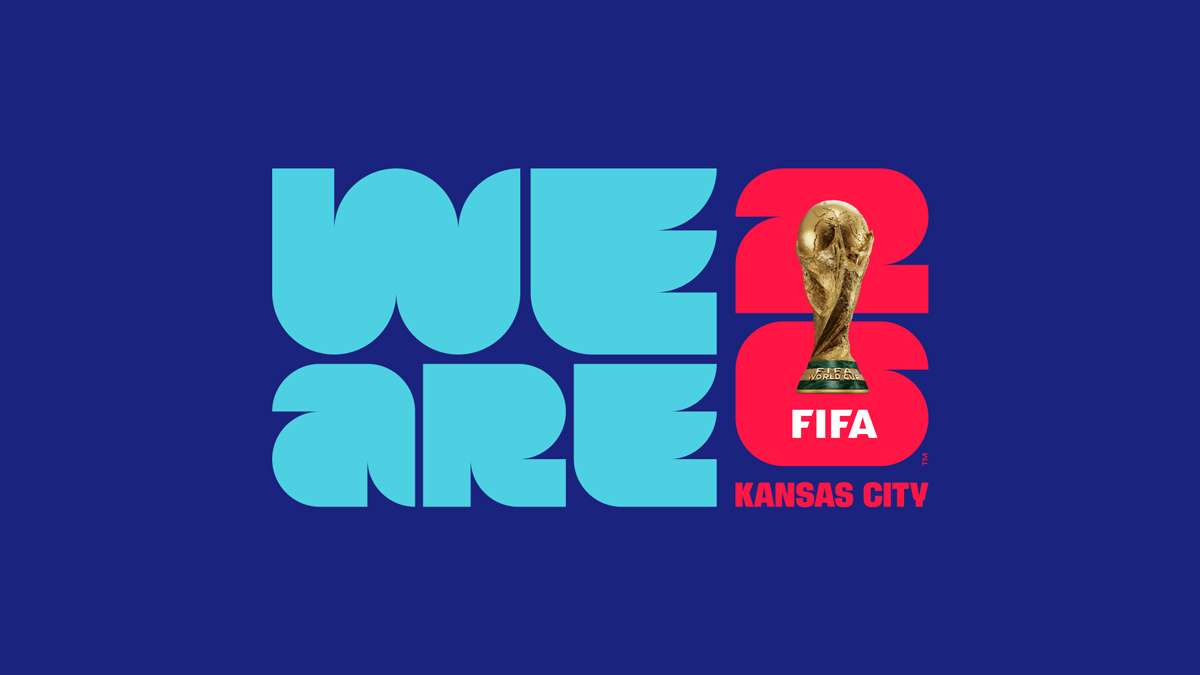
Two billionaires demand help, and our state and local lawmakers have gone all out to accommodate them on our dime. Does their capitulation in the form of taxpayer-funded subsidies constitute sound economic investment or corporate welfare?
For the past two-plus years, KC Royals owner John Sherman and KC Chiefs owner, Lamar Hunt have pressed for new stadiums to replace Truman Sports Complex. Their current lease with Jackson County expires in 2031. The deadline gives urgency to settling on the Royals future home, Sherman insists. But in fact, both teams could continue leasing on a year-to-year basis, or extend the leases for additional terms.
Hunt is reportedly toying with overhauling Arrowhead or building a domed stadium elsewhere. Sherman wants a new stadium somewhere else. Period.
Sports fans aren’t fans of bankrolling new stadiums for billionaire owners and millionaire players. Just last year, KC voters soundly defeated a referendum on the sales-tax extension to pay for new Chiefs and Royals stadiums.
“Economically speaking, stadium subsidies mostly just transfer wealth from taxpayers to the owners of sports franchises,” wrote sportswriter and author Dan Moore in The Atlantic. Taxpayers have spent some $30 billion on stadiums while in 2023 alone, MLB made a record $11.6 billion and the NFL $19 billion. Revenue generated by stadiums doesn’t even come close to repaying the public investment. And taxpayers could be on the hook for the money for decades and still lose their sports team. Oakland’s one example. Taxpayers there are still paying down debt issued in 1995 for renovating Oakland Coliseum to keep the Athletics there. Now, the Athletics are playing for Las Vegas, which is building them a $1.75 billion stadium.
Sherman and Hunt are playing Kansas against Missouri and area cities against each other. There’s an implicit threat that if owners’ demands aren’t met, the teams will relocate. Maybe, maybe not. Granted there are only 30 MLB and 32 NFL teams. But the number of major metro hubs is also finite.
The research on public spending for stadiums is unequivocal, according to The Journal of Economic Perspectives. By and large, the jobs they create are seasonal and low-wage. They don’t generate economic activity, they just displace it from somewhere else.
U.S. cities would be better off if stadium subsidies disappeared, economist Victor Matheson told The Atlantic. Individual politicians, however, lack courage to eliminate them.
It magnificently illustrates the point of Binyamin Appelbaum’s elegant New York Times piece. He wrote, “Our stadiums are monuments to the poverty of our civic ambitions and our inability to summon the collective will to use the land we have for the things we need.”
Estos magnates quieren nuestro dinero
Dos multimillonarios exigen ayuda, y nuestros legisladores estatales y locales han hecho todo lo posible para complacerlos a costa nuestra. ¿Su capitulación, en forma de subsidios financiados por los contribuyentes, constituye una inversión económica sólida o un beneficio corporativo?
Durante los últimos dos años, John Sherman, propietario de los KC Royals, y Clark Hunt, propietario de los KC Chiefs, han presionado para que se construyan nuevos estadios que reemplacen al Truman Sports Complex. Su contrato de arrendamiento actual con el condado de Jackson vence en 2031. Sherman insiste en que la fecha límite urge decidir la futura sede de los Royals. Pero, de hecho, ambos equipos podrían continuar alquilando anualmente o extender los contratos por períodos adicionales.
Según informes, Hunt está considerando la posibilidad de remodelar Arrowhead o construir un estadio techado en otro lugar. Sherman quiere un nuevo estadio en otro lugar. Punto.
A los aficionados al deporte no les gusta financiar nuevos estadios para propietarios multimillonarios y jugadores millonarios. El año pasado, los votantes de Kansas City se opusieron rotundamente en un referéndum sobre la extensión del impuesto a las ventas para financiar los nuevos estadios de los Chiefs y los Royals.
“Económicamente hablando, los subsidios a los estadios en su mayoría simplemente transfieren riqueza de los contribuyentes a los dueños de las franquicias deportivas”, escribió el periodista deportivo y autor Dan Moore en The Atlantic. Los contribuyentes han gastado unos 30 mil millones de dólares en estadios, mientras que s´ølo en 2023, la MLB obtuvo un récord de 11.6 mil millones de dólares y la NFL, 19 mil millones. Los ingresos generados por los estadios ni siquiera se acercan a compensar la inversión pública. Y los contribuyentes podrían estar obligados a pagar el dinero durante décadas y aun así perder su equipo. Oakland es un ejemplo. Allí, los contribuyentes aún están pagando la deuda emitida en 1995 para la renovación del Coliseo de Oakland y mantener a los Atléticos allí. Ahora, los Atléticos juegan para Las Vegas, que les está construyendo un estadio de 1.75 mil millones de dólares.
Sherman y Hunt están enfrentando a Kansas contra Missouri y ciudades de la zona entre sí. Existe la amenaza implícita de que, si no se cumplen las demandas de los dueños, los equipos se mudarán de ciudad. Quizás sí, quizás no. Hay que reconocer que solo hay 30 equipos de la MLB y 32 de la NFL. Pero el número de grandes centros metropolitanos también es limitado.
Según The Journal of Economic Perspectives, la investigación sobre el gasto público en estadios es inequívoca. En general, los empleos que crean son estacionales y de bajos salarios. No generan actividad económica, simplemente la desplazan de otro lugar.
Las ciudades estadounidenses estarían mejor si desaparecieran los subsidios a los estadios, declaró el economista Victor Matheson a The Atlantic. Sin embargo, a los políticos individuales les falta el coraje para eliminarlos.
Esto ilustra magníficamente el punto del elegante artículo de Binyamin Appelbaum en el New York Times. Escribió: «Nuestros estadios son monumentos a la pobreza de nuestras ambiciones cívicas y a nuestra incapacidad para convocar la voluntad colectiva de usar el terreno que tenemos para las cosas que necesitamos».









